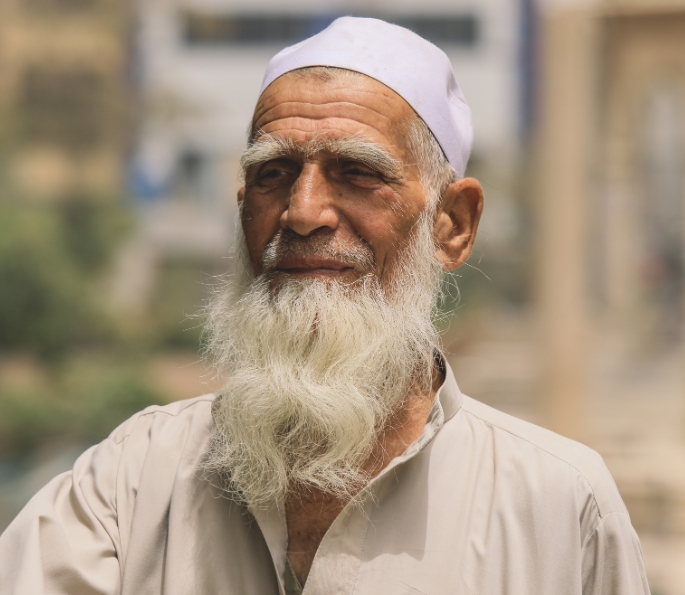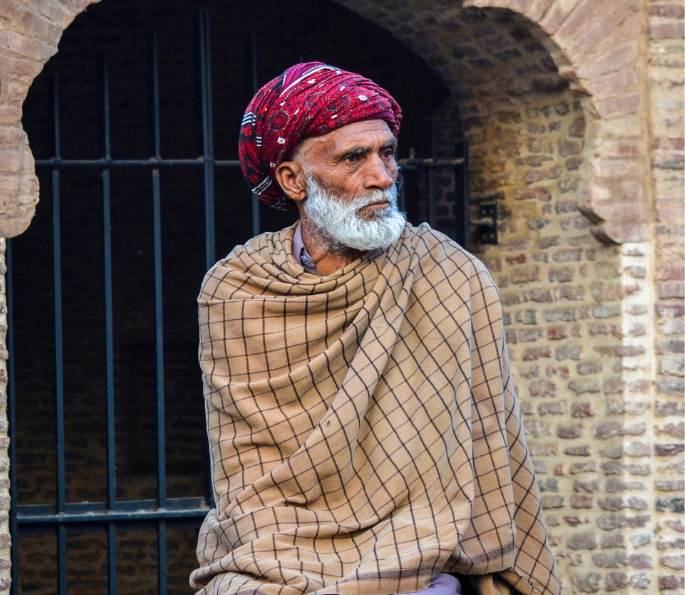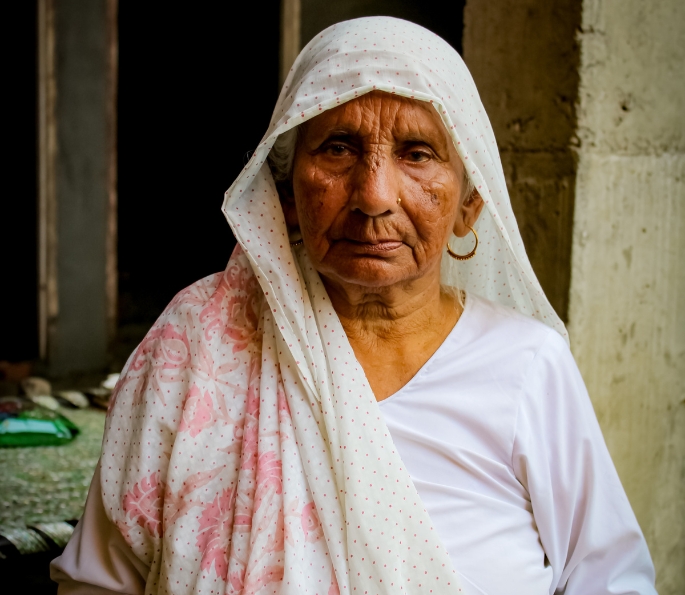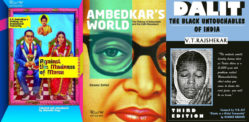There exists a caste divide between the rich and the poor.
There is a lifestyle divide, concerning caste, between rural and urban areas in Pakistan.
This divide has led to different approaches to making money, varying political interests, and numerous impacts on society.
The caste system in Pakistan has many characteristics, such as being occupational, hereditary, and endogamous.
The caste system has given rise to several issues, including discrimination and neglect of the lower classes’ standard of living.
Finally, feudalism in Pakistan provides insight into the origins of this division in the caste system.
What is the Caste System?

In Pakistan, its presence is particularly noticeable in Punjab and Sindh.
The caste system’s role is to enforce submission to authority and to recognise one’s societal position.
The term “caste” has its roots in Hindi, influenced by the concepts of reincarnation and karma.
In Punjab, for example, individuals were categorised into “functional castes” or “agricultural” groups.
Among these, the Mastor caste owns significant land in Southern Punjab, while the Gujar, a lower caste, possesses very little.
Society is divided into two main categories: the nobles and the lower ranks.
At the top are the Sayyids, descendants of the prophet.
Following them are the Sheiks and Moguls, who are descendants of Mughal emperors.
Below them are the Ashrafs, of foreign descent.
At the bottom are the “sweepers,” equivalent to Hindu untouchables.
Many from this group work as butchers, a profession considered unclean and undesirable.
Often, they conceal their profession to enable their children to attend reputable schools.
A person’s living location significantly influences their lifestyle. Sometimes, castes are informally categorised by income levels: high, middle, and low.
However, it’s not one’s caste but the environment they inhabit that defines them.
For instance, a low-income individual in a mountainous region may be less affluent than an urban dweller, but their lifestyles and ideologies, shaped by their surroundings, differ significantly.
The question of who is wealthier becomes subjective. One may be rich in culture and philosophy, while the other possesses material wealth.
Different castes maintain unique traditions. The Rajputs, for example, belong to the warrior Kshatriya class, just below the priestly Brahman class.
Renowned for their martial prowess, they have made significant contributions to the Indian army.
The Mughals granted the Rajputs limited governmental rights in exchange for military support.
Leveraging these opportunities, Rajputs accumulated land and wealth.
The term “Rajput” derives from the Sanskrit “raja putra,” meaning “son of a king.”
In contrast, the Jats are primarily a farming caste.
Estimated to number around 20 million, Jats in some regions identify as Baluchis, Pathans, or Rajputs.
Jats speak various dialects and languages across their communities.
Characteristics

A fundamental aspect of the caste system is that an individual’s caste membership is determined at birth.
This status remains unchanged, regardless of shifts in occupation, education, or financial status.
Even if a member later acquires a respectable profession, they remain bound to the caste into which they were born.
Despite the gradual erosion of caste structures, birth-ascribed identities continue to differentiate caste groups in rural areas of India and Pakistan.
Caste associations often correlate with occupational specialisations, creating a hierarchy of occupations ranging from menial tasks to high-paid, skilled jobs.
The Indian term “varnas,” referring to Brahmins, Kshatriyas, Vaishyas, and Shudras, inspires similar segregations in Pakistani castes.
Caste divisions typically separate landowning from service-providing groups.
In rural Pakistan, many individuals strive to break free from the constraints of their birth-assigned caste, often moving to cities in pursuit of a wealthier and different lifestyle.
Yet, identification through occupations, such as barbers or cobblers, persists among different caste groups.
For these individuals, the caste system supports relationships, provides a sense of identity, and plays a crucial role in village communities.
Hierarchical Groups
An individual’s social position is influenced by their caste group, though these caste-based hierarchies are dynamic and evolve over time.
Social status can be recognised through achievements and successes, for example, in the workplace.
Endogamy
This term refers to the practice of marrying within one’s caste to preserve its purity.
In some areas, marrying into a lower caste is frowned upon and can be considered scandalous.
The desire to maintain caste “purity” varies by region in Pakistan, with endogamy being more prominent in rural areas than in cities, where progressive and Western-influenced ideas prevail.
Rules of Commensality
In the Hindu caste system, there are restrictions on eating and drinking with members of lower castes, as well as rules governing the acceptance of food from other caste members, including restrictions on accepting fruit, milk, butter, dry fruits, and bread.
However, in Pakistan, these commensality rules are absent, allowing people from different caste groups to eat and drink together.
Touchability and Status
This concept is specific to Hindu caste organisations, where the touch or even the shadow of lower caste individuals is seen as defiling to members of upper caste groups.
While untouchability is still practised in certain parts of India, it is in decline, partly due to increasing urbanisation trends.
Problems

This discrimination manifests in various forms, particularly affecting castes ranked lower in the social hierarchy.
The practice of ‘untouchability’ is prevalent in both private and public spheres.
As a result, different castes reside in separate colonies, experiencing disparities in food quality and social interaction with upper castes.
Discrimination extends into economic, social, and political sectors, significantly impacting the Dalit population. The term “Dalit” refers to members of socially marginalised groups.
The constitutions of India (1949) and Pakistan (1953) declared the terms “untouchable” and the associated social disabilities illegal.
Despite legal provisions, Dalits continue to face de facto segregation and discrimination in enjoying economic, civil, political, and social rights.
Access to public services remains a challenge for some caste groups.
In rural areas of Sindh and South Punjab, there is a noticeable decline in essential services such as education, health, and living standards.
Scheduled caste communities often encounter discrimination in accessing hospitals.
Instances of Dalits being denied services at barbershops and receiving separate crockery in restaurants have been reported.
During the floods in 2010 and 2011, many were denied access to relief camps and faced discrimination in receiving humanitarian aid.
Lower-caste girls are particularly vulnerable, with reports of kidnappings, sexual exploitation, and abandonment.
A 2012 UPR report estimated that annually, approximately 700 Christian and 300 Hindu girls are forcibly converted to Islam in Pakistan, especially in Punjab, Khyber Pakhtunkhwa, and Sindh provinces.
Police inaction and the 2011 Prevention of Anti-women Practices Act’s ineffectiveness have been noted, along with courts nullifying women’s non-Islamic marriages in favour of recognising their forced marriages.
Bonded labour remains a critical issue, with slavery and forced labour officially prohibited yet persisting in sectors like agriculture and brick-making.
Bonded debts, defined as debts secured by bonds representing business or government debt through issued bonds, are legally forbidden.
This means borrowers issue bonds to investors in exchange for borrowed money, yet the practice of securing debts through labour continues.
Role in Society

Individuals in the higher echelons, characterised by their income, either personal or familial, embody a distinct socioeconomic status.
Understanding one’s place in society can stimulate economic growth and enhance the willingness to contribute taxes to the government.
The government is responsible for providing basic amenities such as health care, shelter, and education, thereby giving the working population a sense of purpose in paying taxes.
The existence of a caste system and a clear understanding of societal roles significantly influence social development.
Individuals with higher incomes tend to participate more actively than those with lower incomes.
In Pakistani society, the caste system plays a crucial role in local politics, influencing members’ involvement and voting behaviour.
This system is considered effective for resolving local disputes swiftly.
Many believe that the caste system maintains law and order more efficiently than other decision-making bodies.
Decisions within this system are generally accepted with a degree of consensus.
However, the system also fosters discrimination, conflict, superiority complexes, and the unlawful exercise of political power.
Some critics argue that the caste system hinders social development, creating a barrier that is fluid for some but rigid for others.
According to the Journal of Applied Environmental and Biological Sciences, the caste system significantly impacts politics, stating:
“It is a strong determinant of voting behaviour, marriages within the biradri are more successful, it effectively resolves local disputes as community decisions are readily accepted, it maintains law and order, and it promotes social development.”
The impact of the caste system on social development varies between the illiterate and the educated.
The study notes: “The higher the education level of respondents, the lower their opinion of the caste system’s impact on social development.”
It’s important to note that 70% of Pakistanis live in rural areas, where education levels are not as high as in urban centres.
The lack of mainstream social activities in these areas perpetuates adherence to caste boundaries, hindering progress toward more radical societal changes.
Rejecting the caste system’s regimentation could lead to severe repercussions.
The society operates under a semblance of unorganised chaos, with all basic groups orbiting a principal group, reflecting the oneness of God and the universe’s principle of revolving in spheres.
Any group attempting to break from their designated circle faces harsh consequences.
Punitive measures are established for behaviours deviating from accepted norms, and separate belief systems are entrenched within each caste.
Feudalism

According to an article by The Economist:
“A curse lingering since independence in 1947 is often viewed as the most significant impediment to Pakistan’s development.
“In the past, zamindars (landowners), empowered by British rule, dominated vast expanses of land, housing serfs and frequently exploiting them in exchange for sharecropping and other forms of menial labour.”
John Lancaster wrote in the Washington Post:
“Some development experts argue that Pakistan’s modern feudal system is as exploitative as it is paternalistic, ensnaring many sharecroppers—who borrow from landlords to afford seeds and fertilizer—in a form of indentured servitude.”
In a 2003 report, the World Bank identified land inequality as a cause of rural poverty in Pakistan, noting that “44 per cent of the country’s farmland is controlled by just 2 per cent of rural households.”
There exists a caste divide between the rich and the poor.
During the 19th century, the feudal system in Sindh reached unprecedented heights.
It is anchored in tribal loyalties and traditions, yet British colonial officials conferred administrative powers upon Muslim landlords.
In some rural areas, feudal lords, known as waderas, sardars, or khans, continued to wield more power than civil authorities.
After independence in Pakistan, they ventured into politics and began to dominate the military and provinces.
The influence of feudal landlords has waned since the 19th century.
However, the intergenerational transfer of land is characteristic of caste behaviour.
Moreover, as castes pass down tradition and social standing through generations, it is unsurprising that wealth and land are also perpetuated.
A distinction exists between the class of industrialists and the military, who pursued different paths to power and wealth, such as economic prowess versus vast landholdings.
Consequently, there is a divide in lifestyles and approaches to wealth generation.
Furthermore, the feudal class is involved in businesses such as textiles and higher education systems.
Governmental policies are in place to assist the lower castes and facilitate adaptation to the modern world.
Regarding the caste system in Pakistan, there exists a wealth divide between urban and rural areas.
This divide extends further, encompassing differences in ideals and ways of life.
The caste system exhibits various characteristics, problems, and roles within society.





























































